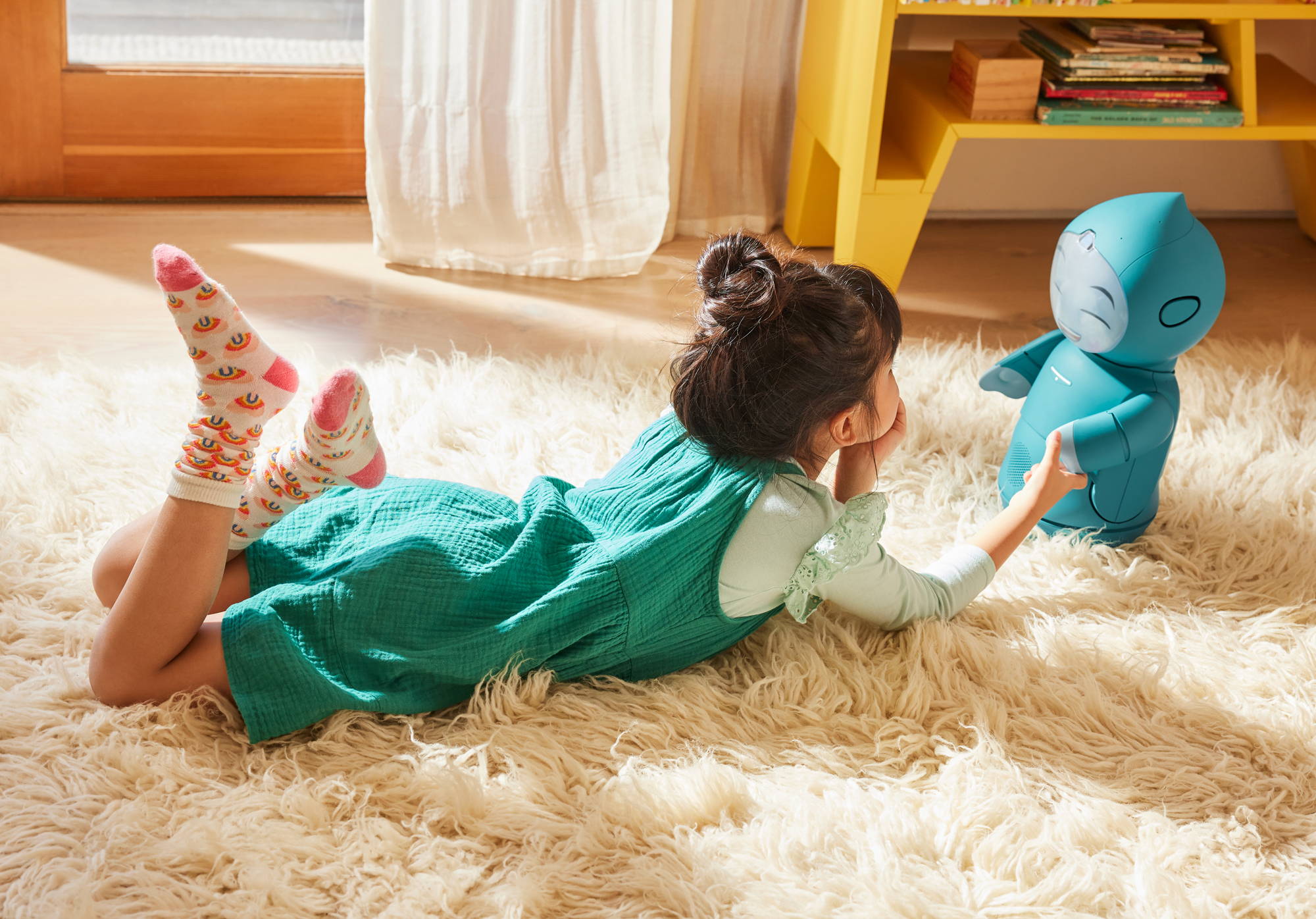Many parents find that kids under stress or struggling with big emotions benefit from being able to talk through their feelings with a neutral third party.
In many cases, sending your child to a licensed clinician or therapist remains the best option. However, not every family is ready for therapy.
Moxie isn’t meant to be a replacement to therapy, medical treatment or psychiatric care, but it is a new tool that many parents are finding useful to try at home to help kids work through big feelings.
For parents who want to help kids learn social emotional skills to manage big emotions and communicate confidently at home, Moxie Robot is a game-changing option.
The revolutionary AI robot was designed by an experienced team of technologists, neuroscientists, child development specialists, and storytellers to help children ages 5-10 build empathy, gain confidence, improve social skills, and more.
With play-based learning and believable social interactions and emotional support, Moxie is a fun, safe, and engaging way for children to develop invaluable skills from the comfort of your own home (and in a way that’s fun for them!).
Ok, we know that Moxie Robot is not therapy. But how does Moxie Robot actually compare to traditional therapy for kids?



